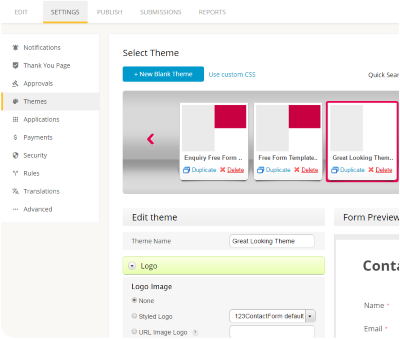
This helps the form become less daunting and helps users orientate themselves within the process.Īs part of the multi-page functionality Gravity Forms provides, there is the option of displaying a progress bar or progress steps. The W3C also recommends indicating the progress a user has made towards form completion. By grouping fields, and only displaying one set of form fields per page, forms immediately become more manageable. One of the easiest ways to do this is to follow UX good practice and create a multi-page form. Long forms particularly need to be well thought out, with form fields presented in an intuitive and logical order, ensuring they aren’t overwhelming for users. When creating an accessible form, organization of the form layout is extremely important. So to get started with your accessible form, open a new form and simply drag and drop the form fields you need onto the form editor canvas. Gravity Forms 2.5 has seen a total redesign of the form editor UI as well as the introduction of new ways of working, including drag-and-drop column control.

Warnings in the Admin about fields or settings with accessibility issues.The possibility of providing feedback on form errors.Enhanced screen reader feedback for users who are blind or visually impaired.

With accessibility improvements across the board, here are just some of the changes you will find… Gravity Forms has undergone a major redesign when it comes to accessibility, making it quicker and easier than ever to create accessible forms. Let’s get started… Gravity Forms 2.5 and Accessibility


 0 kommentar(er)
0 kommentar(er)
